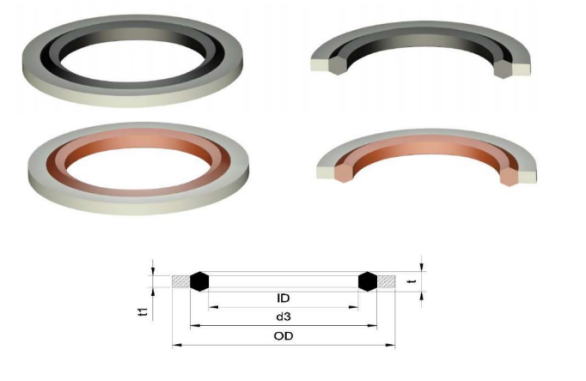sump pan gasket


When it comes to replacing the sump pan gasket, it's recommended to approach the task with a clear understanding of the vehicle’s mechanics or seek professional assistance. Replacement involves draining the engine oil, removing the sump pan, cleaning the mating surfaces, and fitting a new gasket. It's imperative to use the correct type of gasket as per the vehicle manufacturer's specifications to ensure a proper fit and seal. Additionally, employing a torque wrench to tighten bolts to the specified measurement is essential to prevent under-tightening or over-tightening, both of which can cause leaks. In the realm of vehicle maintenance, the sump pan gasket might seem insignificant, yet its role is fundamental in vehicle operation. Choosing a high-quality gasket, routinely checking for leaks, and timely replacement can save vehicle owners from unnecessary engine troubles. Automotive workshops and DIY enthusiasts should be diligent about understanding the compatibility and specifications of sump pan gaskets, as they hold the key to an engine’s health. In conclusion, a well-maintained sump pan gasket is vital for ensuring the smooth operation of a vehicle’s engine. By investing in quality products and adhering to maintenance guidelines, engine longevity and performance can be significantly enhanced. For any vehicle owner or automotive expert, recognizing the importance of this essential engine component can make all the difference in preventing engine failures and sustaining optimal engine health. As vehicles continue to evolve with advanced technology, so will the materials and designs of sump pan gaskets, reinforcing the need for ongoing education and adaptability in the field of automotive maintenance and repair.
-
Understanding the Front Main Engine Seal: Purpose, Maintenance, and Installation
News Jul.29,2025
-
Understanding O-Rings and Seal Rings: Types, Applications, and Custom Solutions
News Jul.29,2025
-
Understanding Crankshaft Oil Seals: Rear Seals, Pulley Seals, and Their Role in Engine Integrity
News Jul.29,2025
-
The Importance of Front and Rear Crankshaft Seals in Engine Performance and Oil Management
News Jul.29,2025
-
Crank Oil Seals: Functions, Types, and Cost Considerations in Engine Maintenance
News Jul.29,2025
-
A Comprehensive Guide to O-Rings and Seals: Types, Materials, and Global Applications
News Jul.29,2025
-
Mastering Diesel and Performance Engine Maintenance: A Guide to Critical Oil Gaskets
News Jul.28,2025
Products categories















